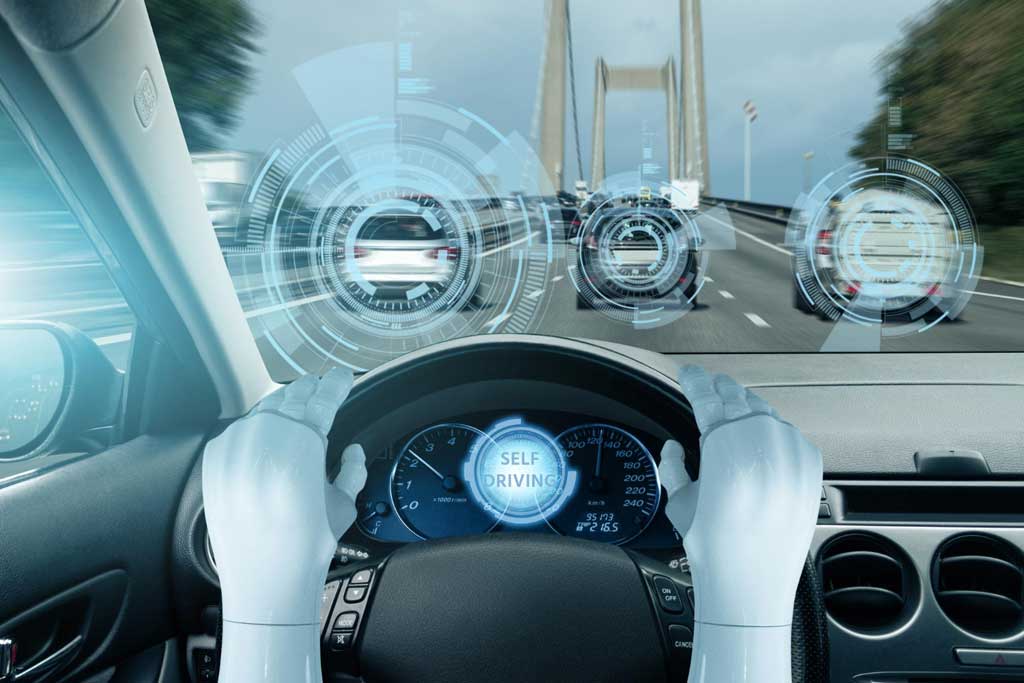Introduction
The rapid advancements in electric and autonomous vehicle technologies are poised to reshape the transportation landscape, offering more sustainable, efficient, and safe solutions for personal mobility and commercial applications. This article will provide a detailed explanation of electric and autonomous vehicles, their current state, potential benefits, and how they can redefine the future of transportation.
Understanding Electric and Autonomous Vehicles
Electric vehicles (EVs) are powered by electric motors that draw energy from rechargeable batteries or fuel cells, as opposed to internal combustion engines (ICE) in conventional vehicles. Autonomous vehicles (AVs), on the other hand, use a combination of sensors, cameras, and artificial intelligence (AI) to navigate and operate without human intervention. Although electric and autonomous technologies can exist independently, they are often seen as complementary, with many AVs being designed as fully electric.
Key Features of Electric Vehicles:
- Zero or low emissions: EVs produce zero tailpipe emissions, significantly reducing air pollution and greenhouse gas emissions when compared to ICE vehicles.
- Energy efficiency: Electric motors are generally more energy-efficient than their internal combustion counterparts, resulting in lower operating costs for EV owners.
- Battery advancements: Improvements in battery technology, such as higher energy density and faster charging capabilities, have increased the range and practicality of EVs.
- Regenerative braking: EVs can recover energy during braking, which is then stored in the battery, improving overall efficiency.
Key Features of Autonomous Vehicles:
- Advanced sensor technology: AVs rely on a combination of sensors, such as LiDAR, radar, and cameras, to gather data about their surroundings and detect obstacles, traffic signals, and other vehicles.
- AI-driven decision-making: Autonomous vehicles use AI algorithms to process sensor data, make driving decisions, and navigate complex traffic situations.
- Vehicle-to-everything (V2X) communication: V2X technology allows AVs to communicate with other vehicles, infrastructure, and pedestrians, enhancing safety and efficiency.
- Levels of autonomy: The Society of Automotive Engineers (SAE) defines six levels of driving automation, ranging from Level 0 (no automation) to Level 5 (full automation).
Potential Benefits of Electric and Autonomous Vehicles:
- Environmental impact: Widespread adoption of EVs can significantly reduce greenhouse gas emissions and air pollution, supporting the transition to a low-carbon economy.
- Safety: Autonomous vehicles have the potential to reduce traffic accidents caused by human error, such as distracted or impaired driving.
- Traffic efficiency: AVs can optimize route planning, reduce congestion, and improve traffic flow through V2X communication and AI-driven decision-making.
- Accessibility: Autonomous vehicles can provide increased mobility for individuals who are unable to drive due to age, disability, or other factors.
- Economic implications: The shift toward electric and autonomous vehicles can spur job creation in new industries and reduce dependence on fossil fuels.
Challenges and Future Outlook
Despite their potential benefits, electric and autonomous vehicles face several challenges, including high upfront costs, limited charging infrastructure, regulatory hurdles, and public acceptance. However, ongoing research and development, as well as supportive government policies, are expected to help overcome these barriers and accelerate the adoption of EVs and AVs in the coming years.
Conclusion
The rapid advancement of electric and autonomous vehicle technologies is paving the way for a more sustainable, efficient, and safe transportation future. By embracing these innovations, we can reduce greenhouse gas emissions, improve air quality, and enhance mobility for all. Continued investment in research, development, and infrastructure will be critical in driving the adoption of electric and autonomous vehicles and realizing their full potential in transforming the transportation landscape.











